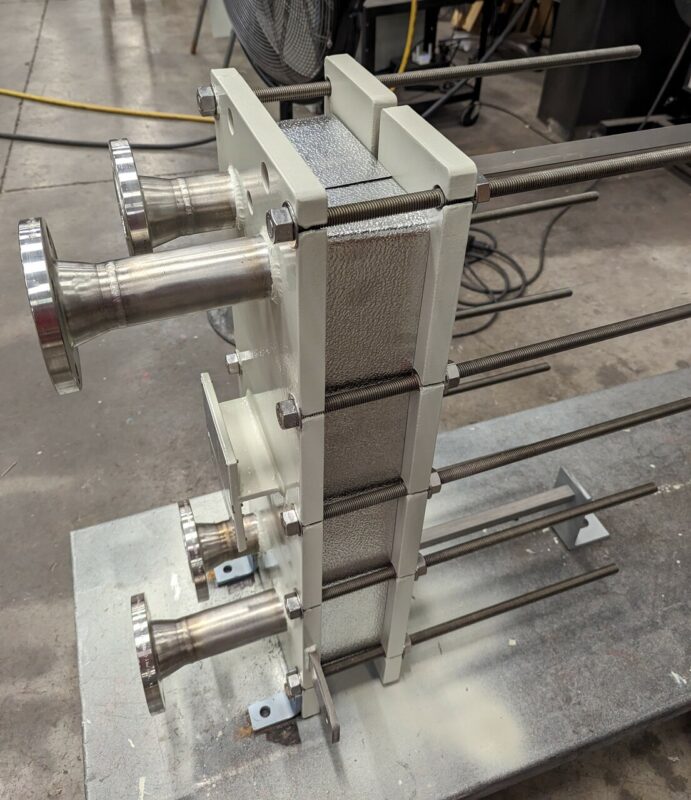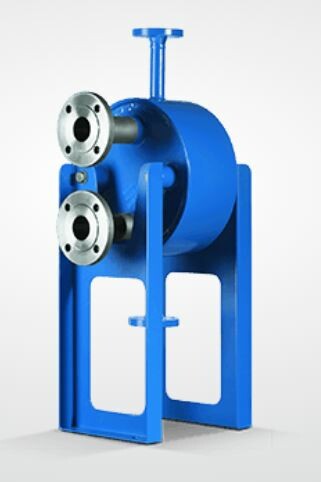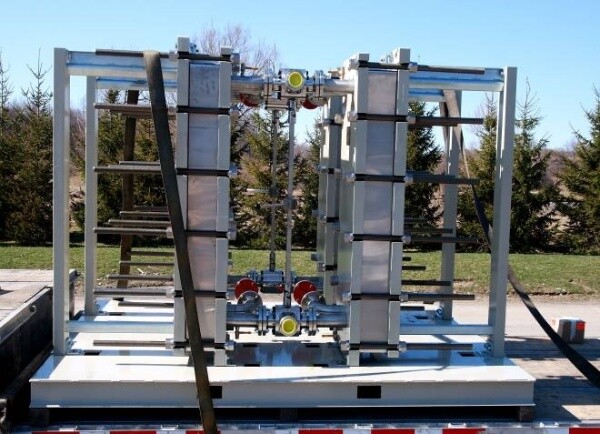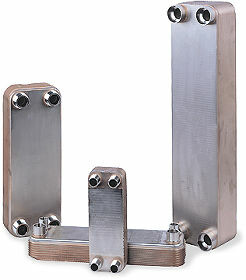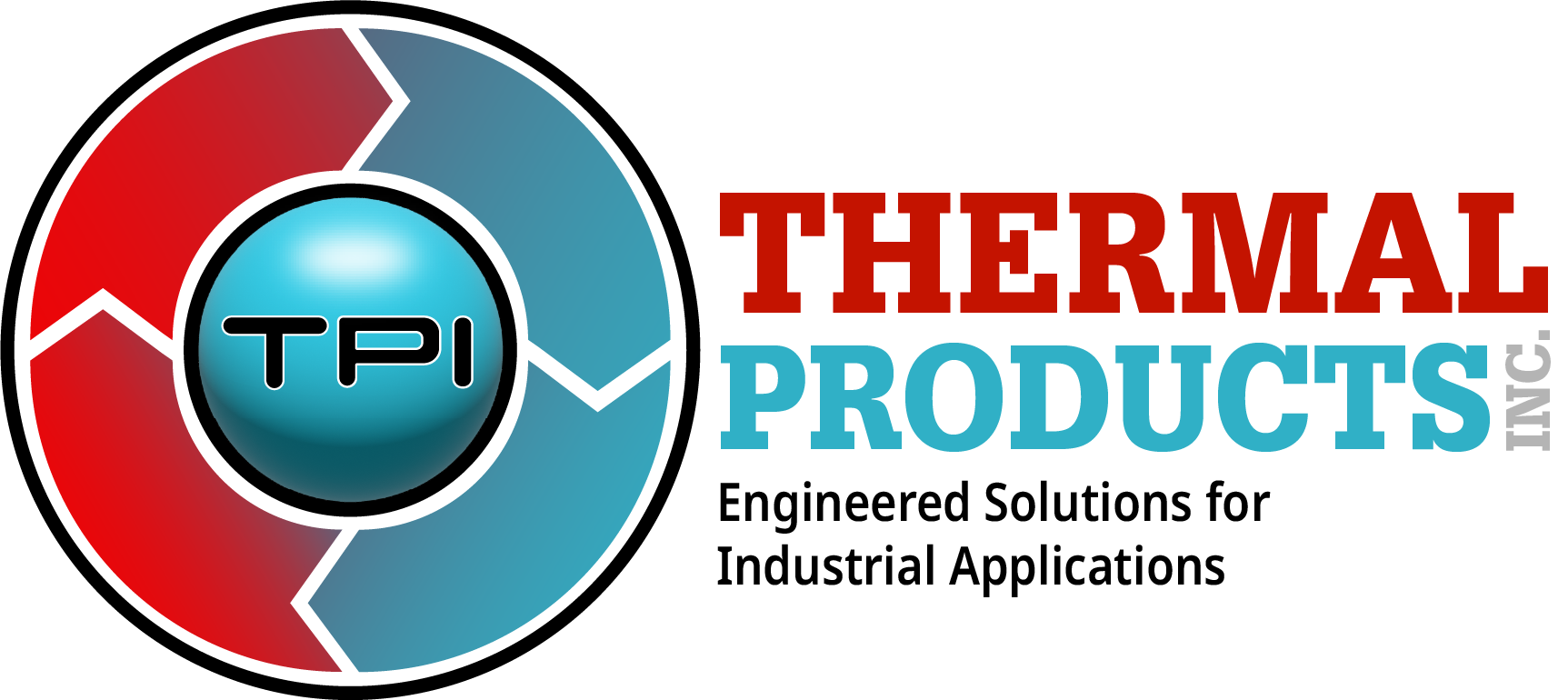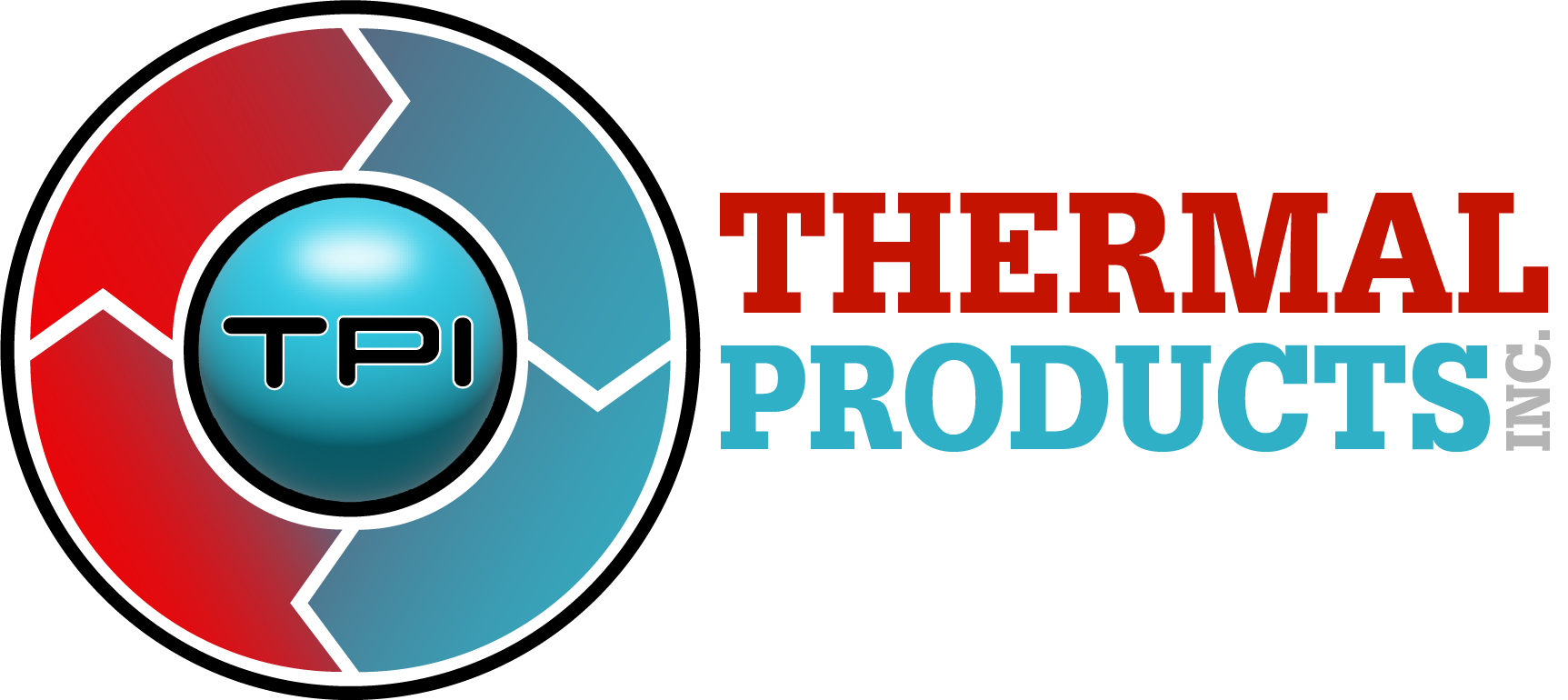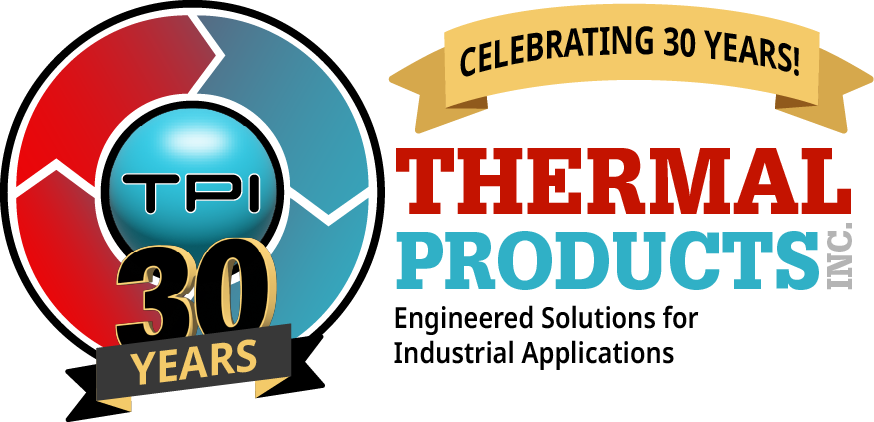What is Needed to Design and Quote a Plate Heat Exchanger?
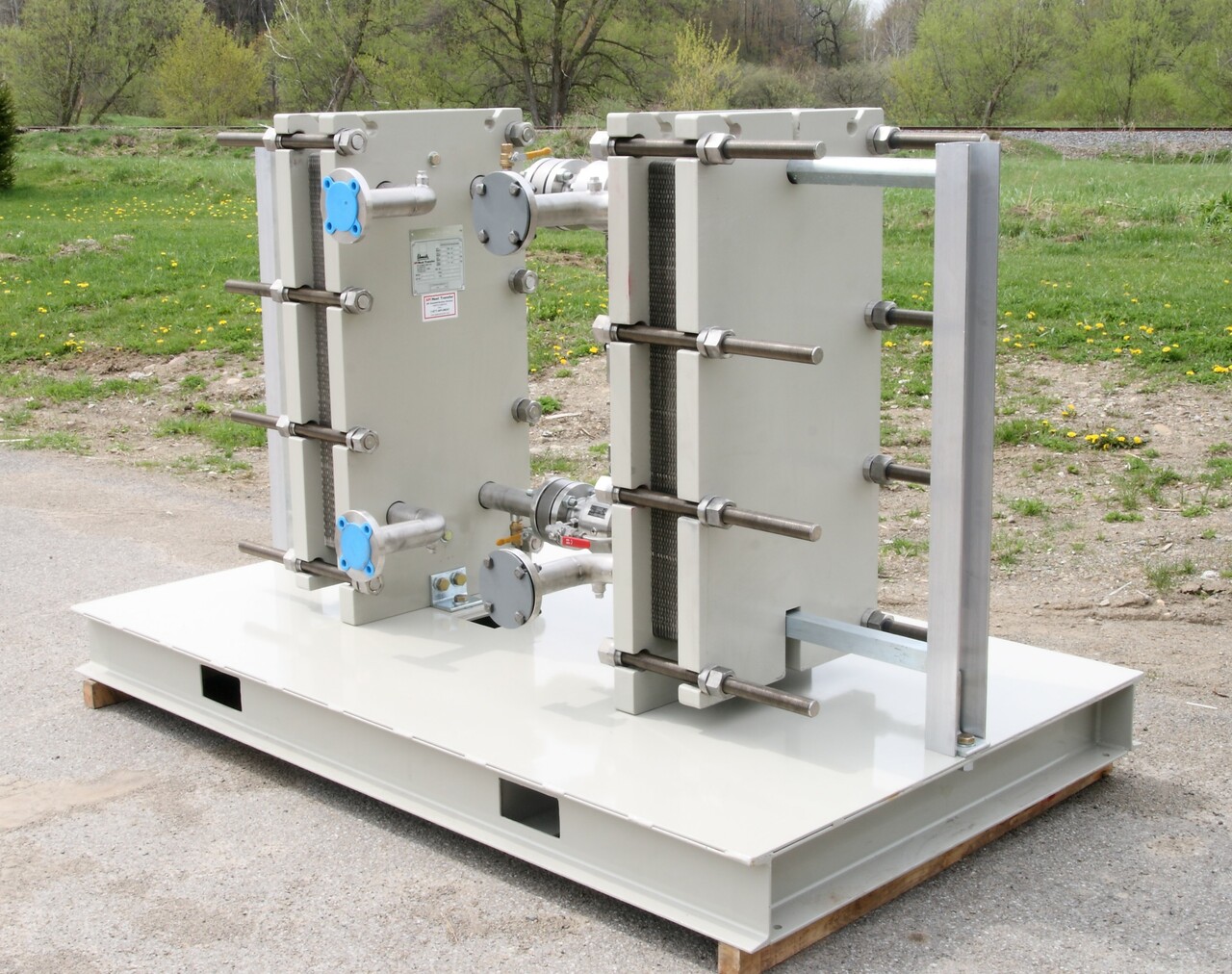
When the design engineers at Thermal Products have a request from a customer to design a Plate Heat exchanger, we will consider many factors, including:
- What codes and/or standards will guide the design: ASME Boiler and Pressure Vessel Code, API (American Petroleum Institute), PED (Pressure Equipment Directive – Europe), CRN (Canadian Registration Number). All guide our engineers to offer the most optimally designed plate heat exchanger while ensuring safety, reliability, and efficiency.
- Process requirements: These include process and utility fluid types, flow rates, process side inlet temperature, process side outlet temperature, utility side inlet temperature, and operating pressure. We also need to know of any particulate or fibers entrained in the process flow. Our design engineers can use a “wide gap” or “free flow” plate pack to pass the particulate or fibers. It is crucial to have this information during the design phase.
- Configurations: Here our design engineers will consider our customer needs and requests for how their plate heat exchanger will look. The available floor space for installation is also a consideration
- What type of plate heat exchanger would you need?
- Gasketed Plate and Frame Heat exchanger
- Brazed Plate Exchanger
- Plate and Shell Exchanger
- Welded Plate exchanger
- Semi Welded Plate exchanger
- Is an NPT, Stub-end, 150# ANSI Stud pattern or Flanged connection needed?
- Construction materials: Frame materials can include carbon steel or stainless steel. Plates can be 316 SS, Titanium, Nickel, Monel and other higher alloys. Gaskets should be compatible with the process and utility media flowing through the plate heat exchanger. We offer many gasket materials, but NBR, EPDM, Viton and PTFE are most common
- Plate arrangement: Whether to use a single-pass or multi-pass arrangement depends on the available space and heat transfer requirements. Single pass is always the preferred plate arrangement. This will keep all connections on the front-side of the plate heat exchanger. This will allow for easy plate removal without removing process piping.
- Flow configuration: Parallel flow, counterflow, or crossflow can be used to optimize heat transfer efficiency.
- Pressure drop tolerance: Consider the allowable pressure drop for the system, taking into account the system requirements and available pumping capacity.
Please look for Thermal Products Plate Heat Exchanger RFQ form or click here.
